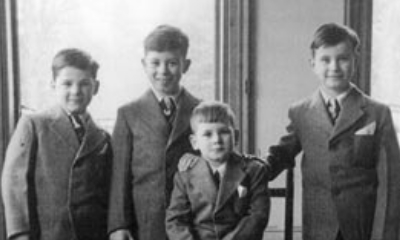Four brothers at Fairbridge
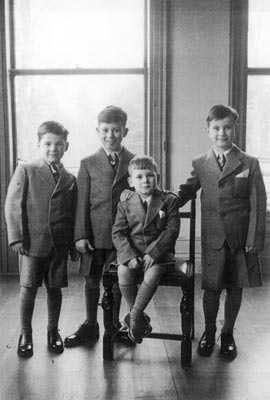
Ian Bayliff (8) and his brothers Graham (9), Sydney (10), Stewart Lees (4) at the Fairbridge reception centre Knockholt, Kent, UK in 1955. Reproduced courtesy Ian Bayliff
"The principal got hold of my brother, took his belt off and flogged him. That was our introduction to Fairbridge Molong on 14 March 1955." Ian Bayliff
Eight-year-old Ian Bayliff and his three half-brothers Sydney, Graham and Stewart Lee migrated to Australia with the Fairbridge Society in 1955. Fairbridge promised them opportunities that were not available at home in Manchester – a good education, plenty of food and clothing, and a healthy farm lifestyle.
Ian found life to be highly regimented at Molong, near Orange, New South Wales. He attended primary school on the farm and performed chores until the age of 14, when he became a trainee on the property’s dairy, piggery and sheep farm.
Ian did not see a future in farm work and ran away from Fairbridge in 1963.
Fairbridge children ate from metal plates and bowls and drank milk from metal mugs. Porridge and mutton were frequently contaminated with weevils and maggots. Breakfast and lunch were eaten in the central Nuffield Hall, while the cottage mothers served the evening meal in their cottages.
Letters from Mum withheld
Mrs Bayliff regularly wrote to her four boys, at one point indicating she wanted them back home. Her letters stopped soon after. Ian and his brothers assumed she had forgotten about them – unaware their mail was being intercepted by Fairbridge. Years later Ian found his mother’s desperate letters in his Fairbridge file in London.
Home in Manchester
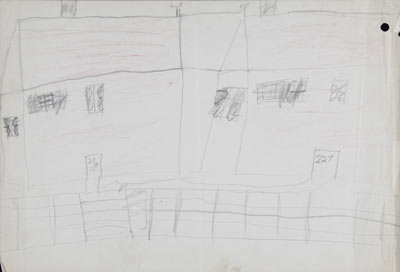
Lent by Ian Bayliff
Children were given health and intelligence tests before being approved for emigration. Ian drew this picture of his family home to demonstrate his coordination skills to the Fairbridge Society. The house he drew in 1954 still stands today in Manchester.
Promoting a glossy Fairbridge life
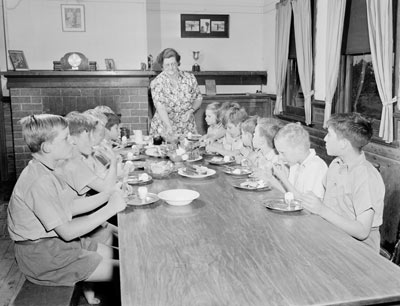
Reproduced courtesy National Archives of Australia
In the 1950s government photographs were used to promote Fairbridge and Australia to intending post-war migrants. Glossy publicity images show well-dressed children enjoying boiled eggs for breakfast, cuddling dolls and being tucked into bed by their cottage mothers. The reality was often different.
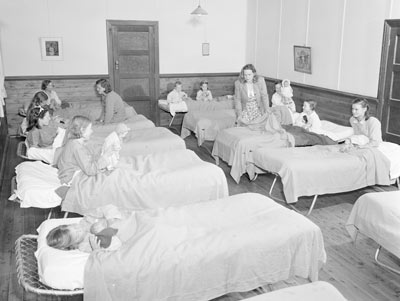
Scythe, sickle and mattock 1930s-40s
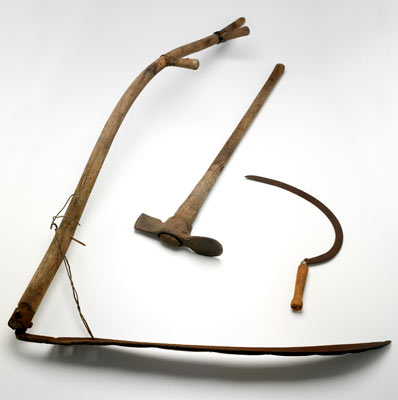
ANMM Collection. Gift from Peter Bennett
Fairbridge Farm Schools were virtually self-sufficient with a dairy, bakery, vegetable garden, poultry, sheep and cattle. These tools used by the children capture the essence of life at Fairbridge – hard physical labour on an isolated agricultural property.
Fairbridge party at Knockholt 1955
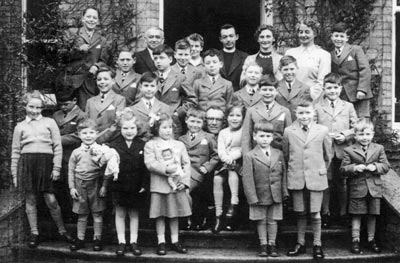
Reproduced courtesy Ian Bayliff.
Fairbridge cheque
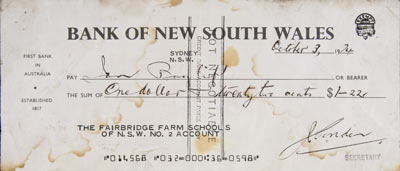
Lent by Ian Bayliff
After Fairbridge closed in 1974, Ian received a cheque for his trainee earnings – a mere $1.22. Outraged and certain he was owed more, Ian never cashed the cheque. He later discovered a former Fairbridge bursar had been jailed for embezzling school and student accounts.
